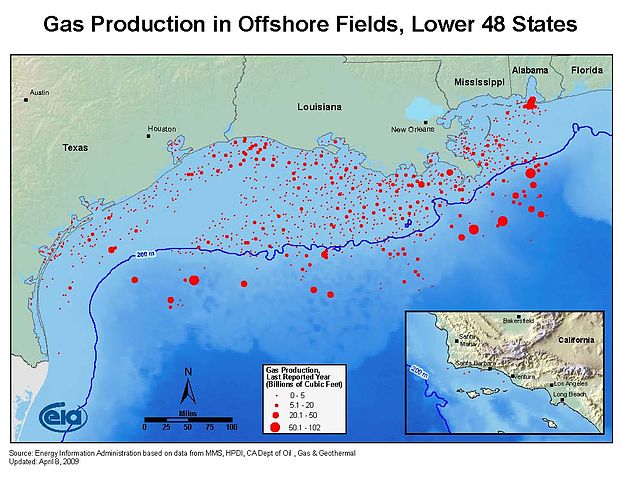June showed a marked slowdown in business activity in the US private sector, bringing worry to some analysts and investors.
Market research group ISH Markit published a report saying that its flash services purchasing managers’ index (PMI) dropped to 53.0 during June. May’s PMI was 53.6. June’s figure was a three-month low.
Analyst had been expecting a services PMI of 53.7, an indication of a stronger economy.
Since the service sector comprises about 80% of the US economy the services PMI data is a key for understanding economic growth.
The manufacturing PMI, according to Markit, also fell in June, from 52.7 in May to 52.1 this past month. Analysts were also expecting that PMI to be 53.0.
PMI values above 50 represent a growing economy, while figures below 50 indicate a shrinking economy. The overall PMI of services and manufacturing together fell to 53.0 in June from May’s value of 53.6. However, new orders climbed at their fastest rate in five months, leaving room for optimism about the US economy.
Chris Williamson of HIS Markit said that although it is likely that growth will be higher in the second quarter than it was in the first, “the relatively subdued PMI readings suggest there are some downside risks to the extent to which GDP will rebound.”

